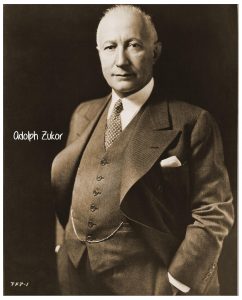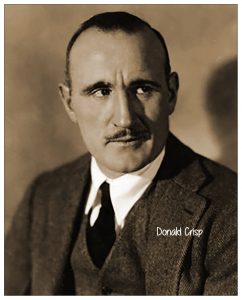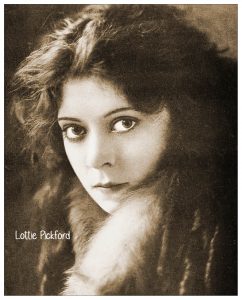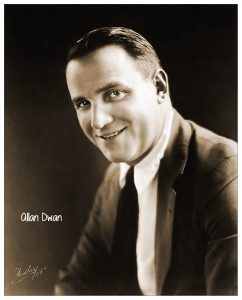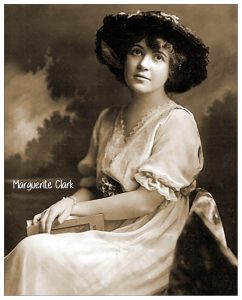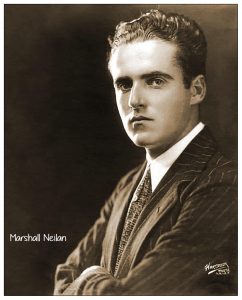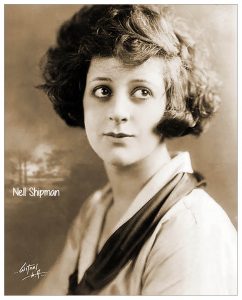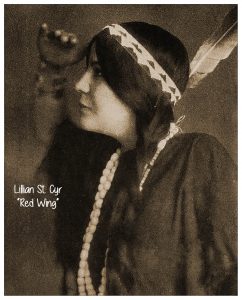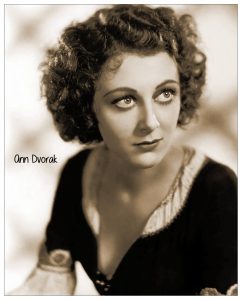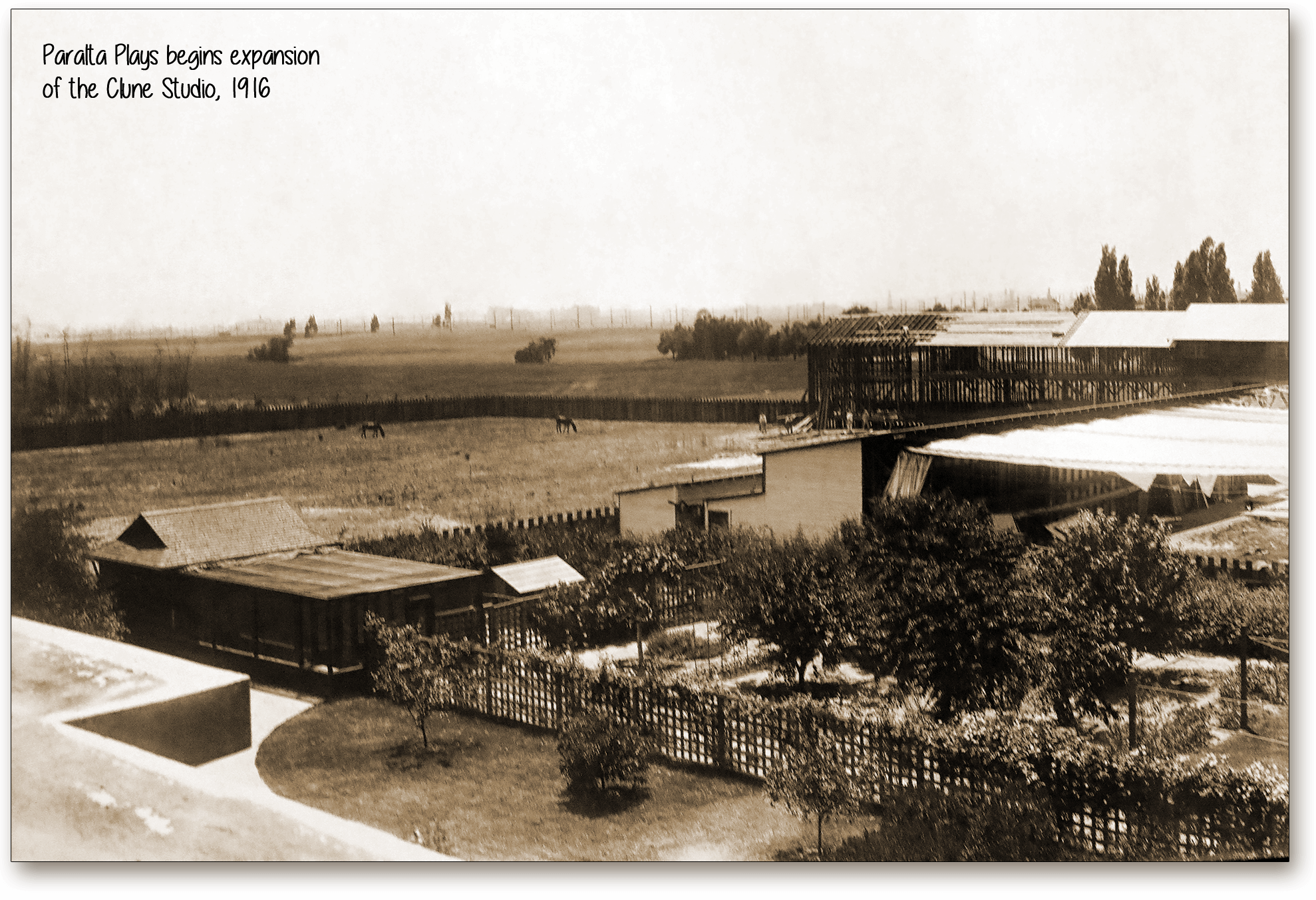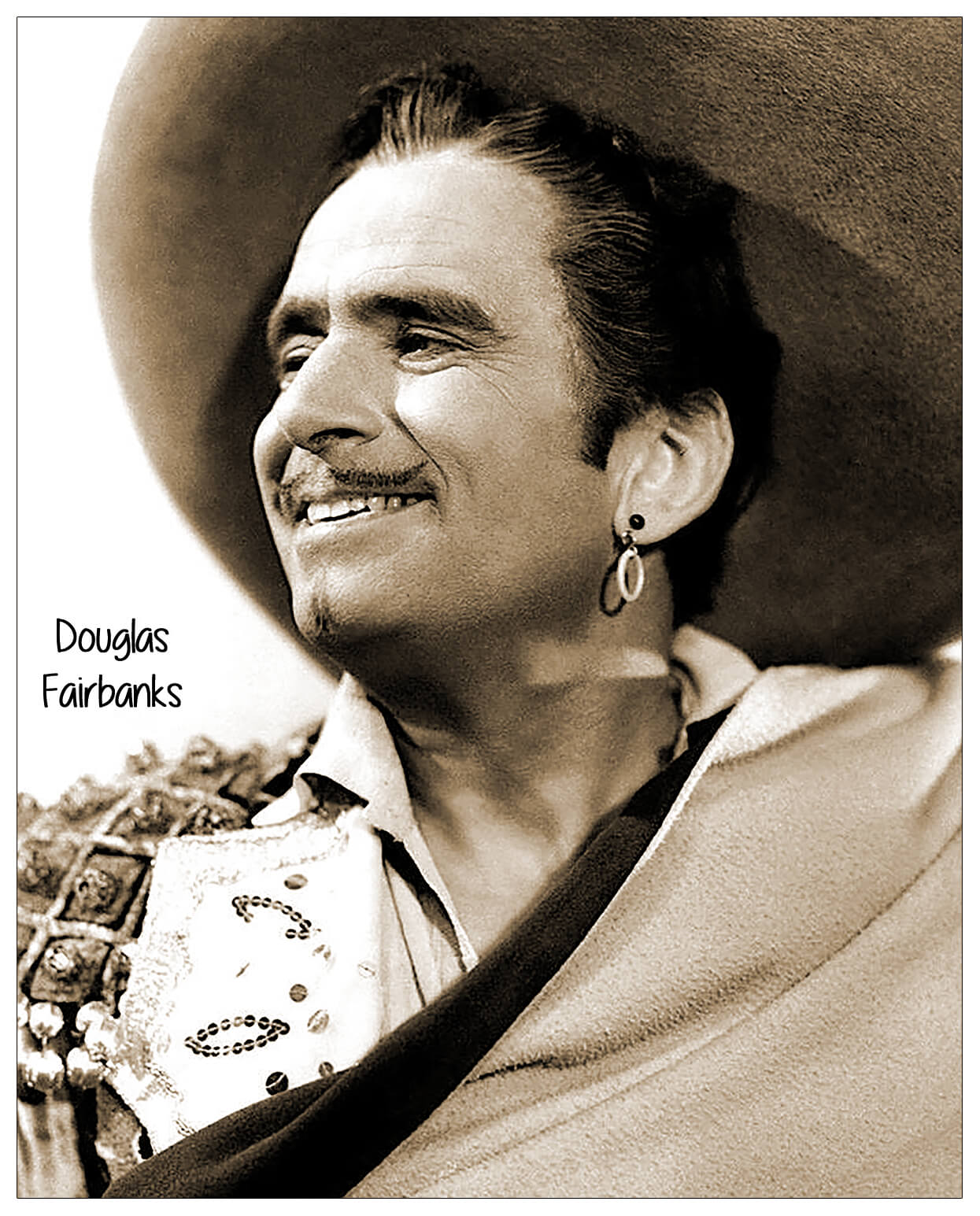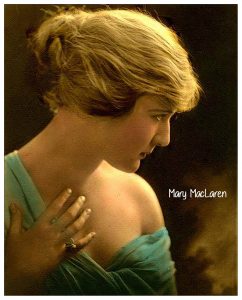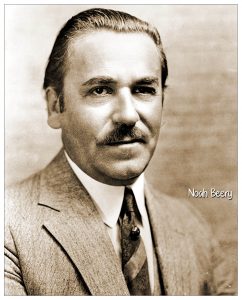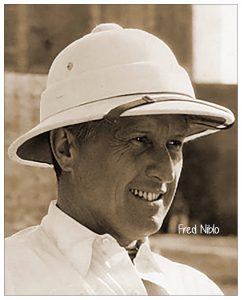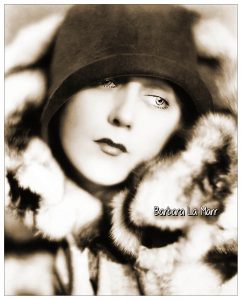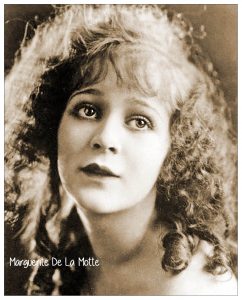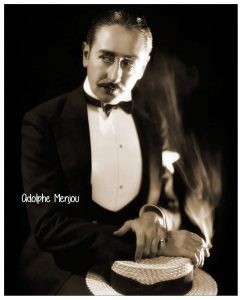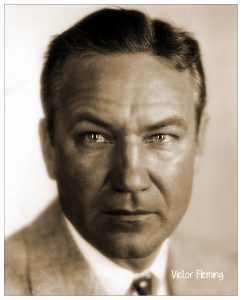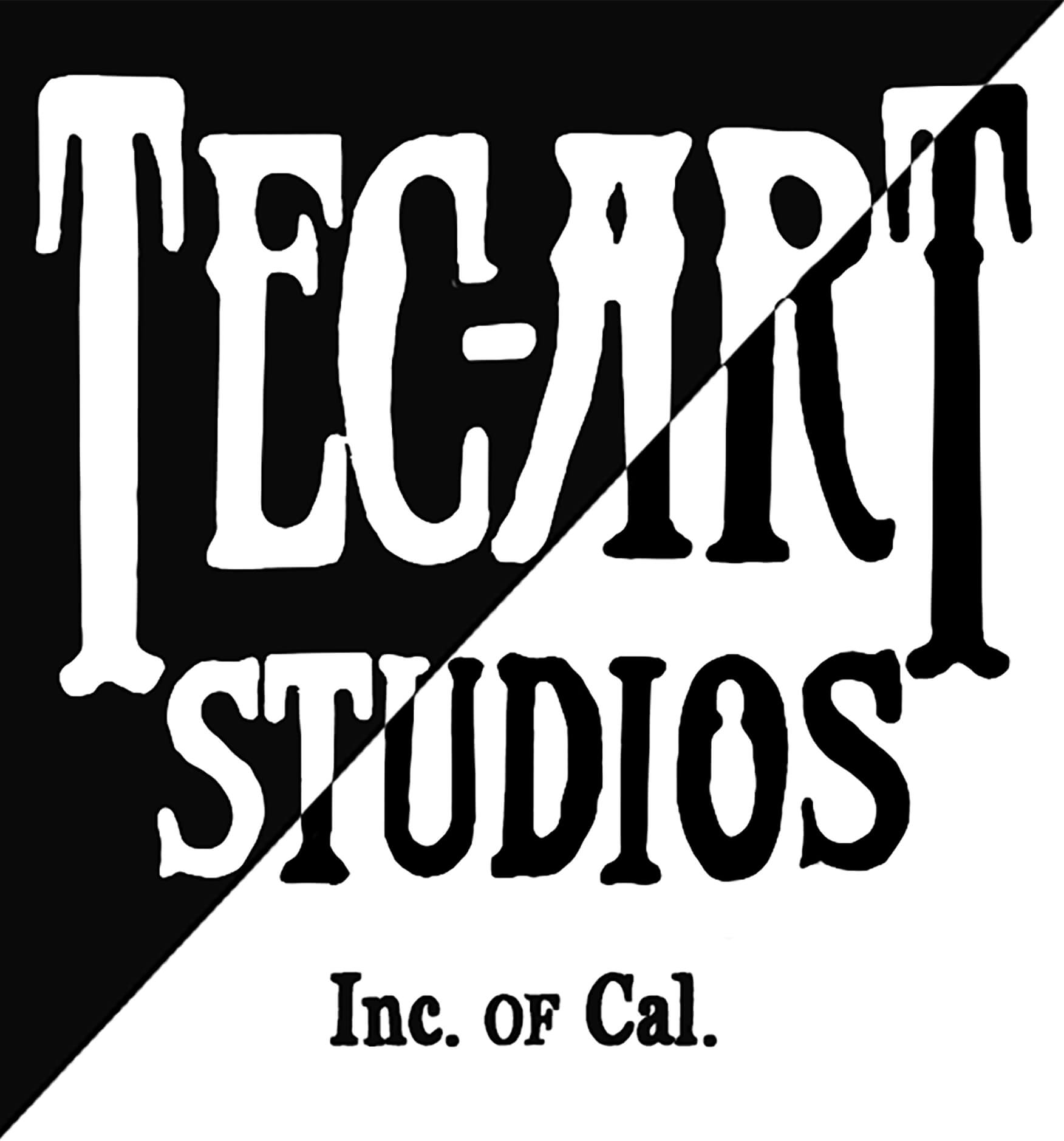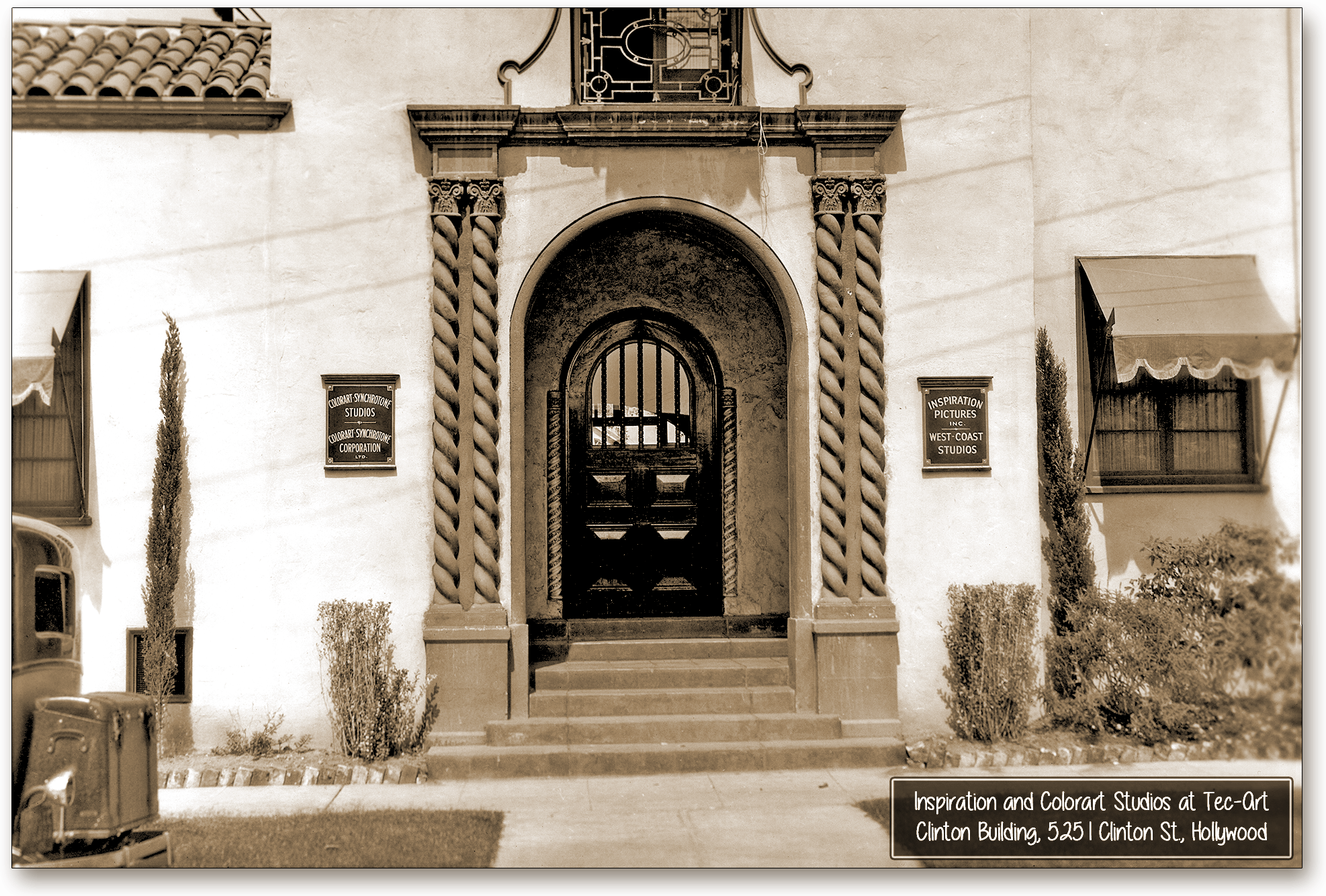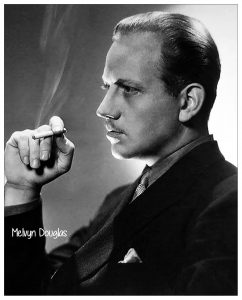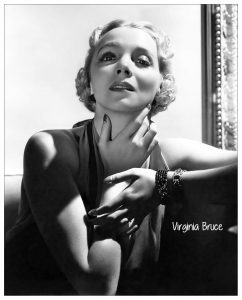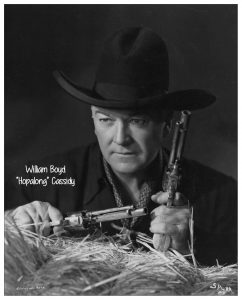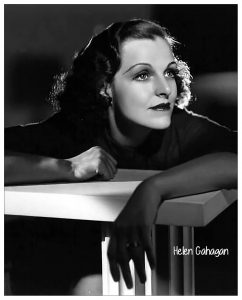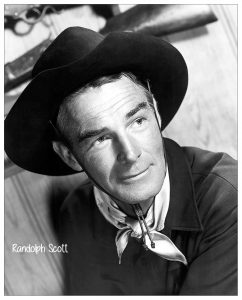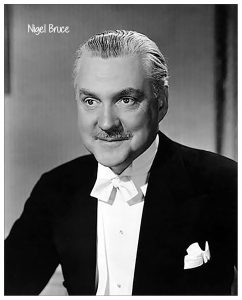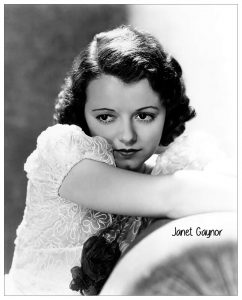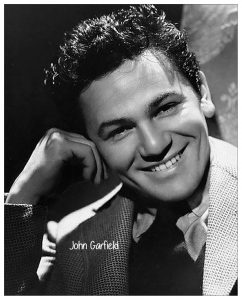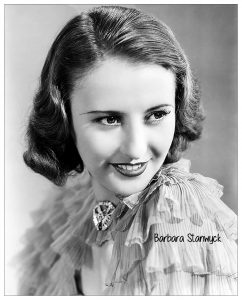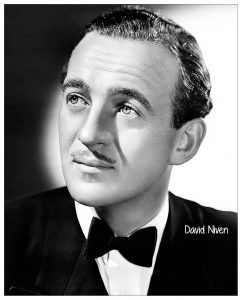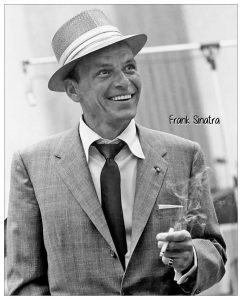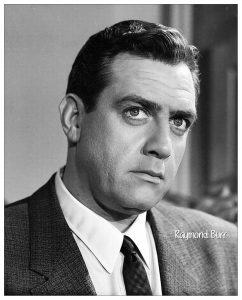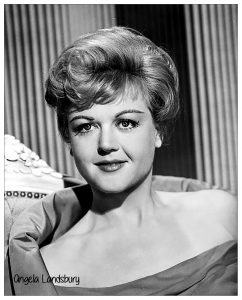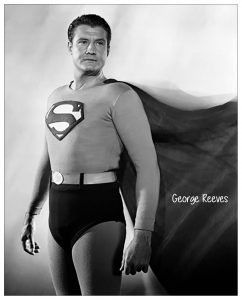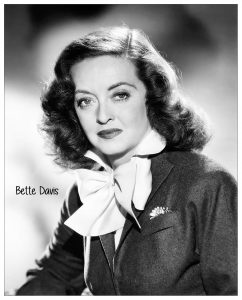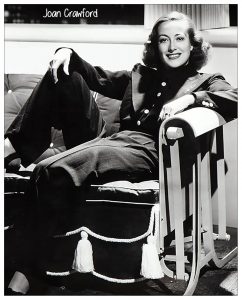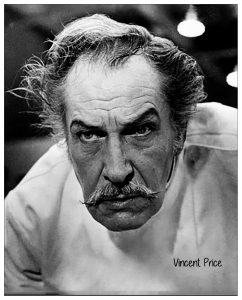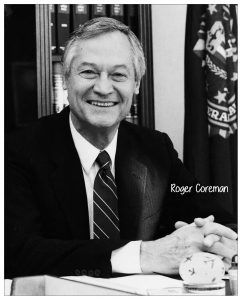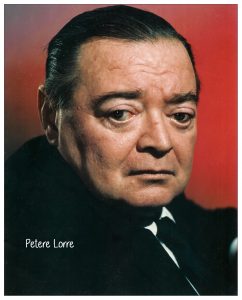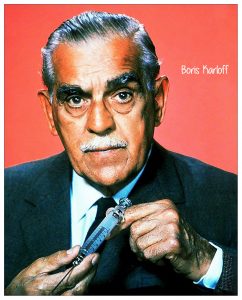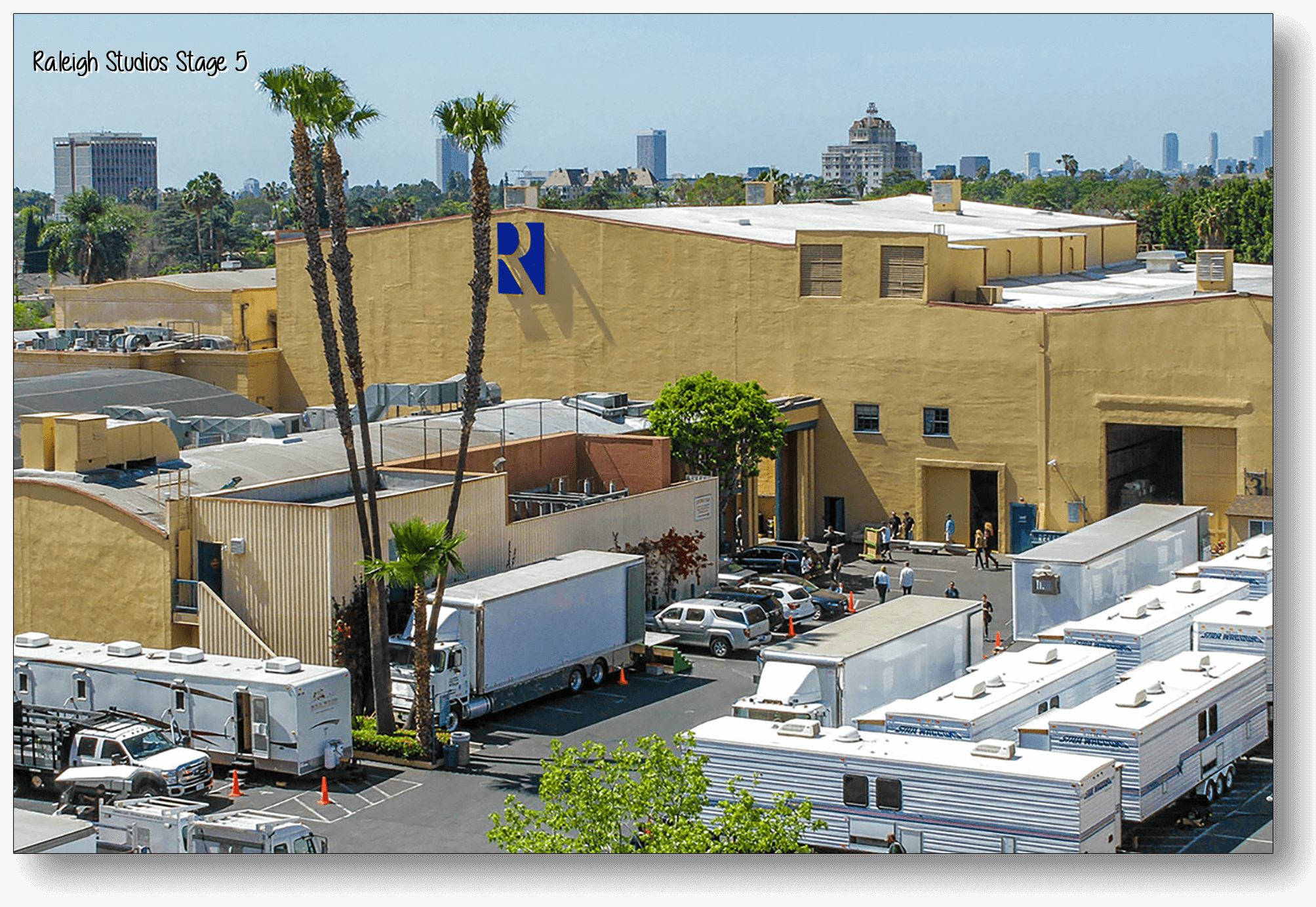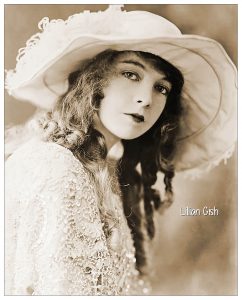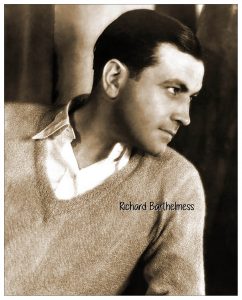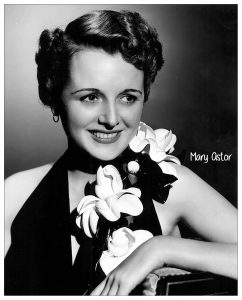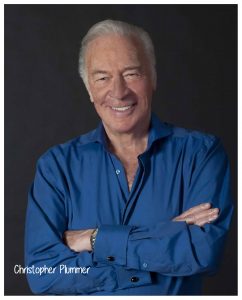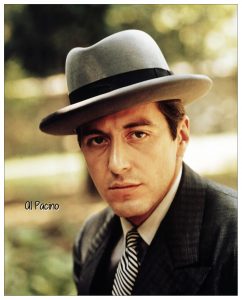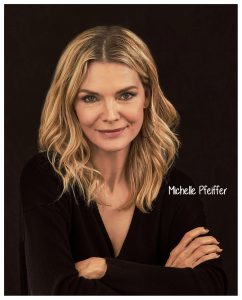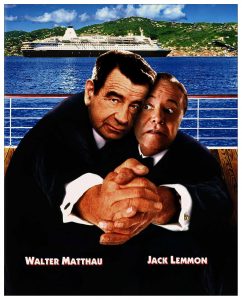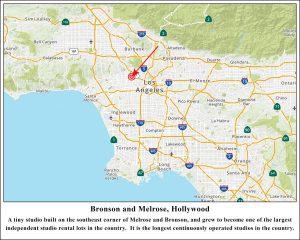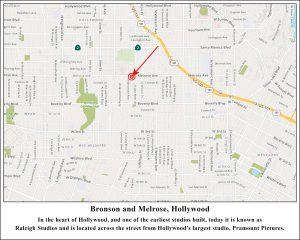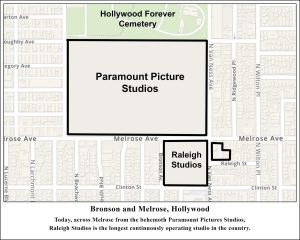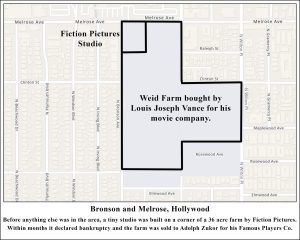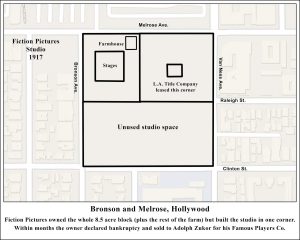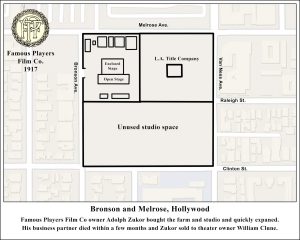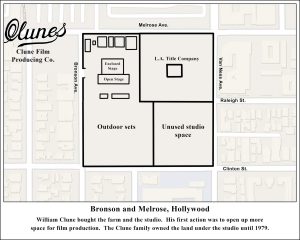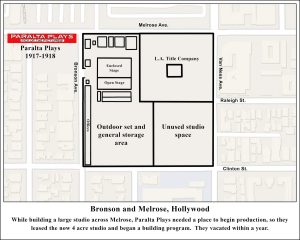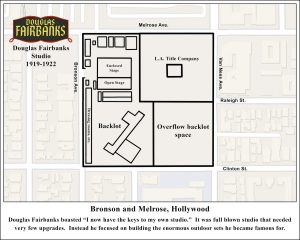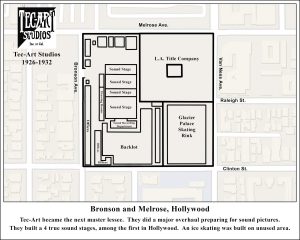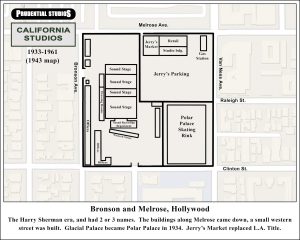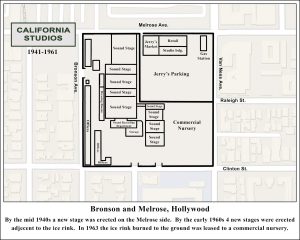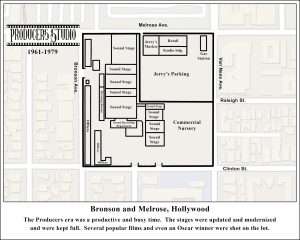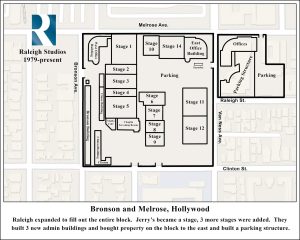The oldest and longest continuously operating studio in the country
Melrose and Bronson
Most famously as Zukor's Famous Players and the Clune Studios.
Today the studio is known as Raleigh Studios and is over one hundred years old.
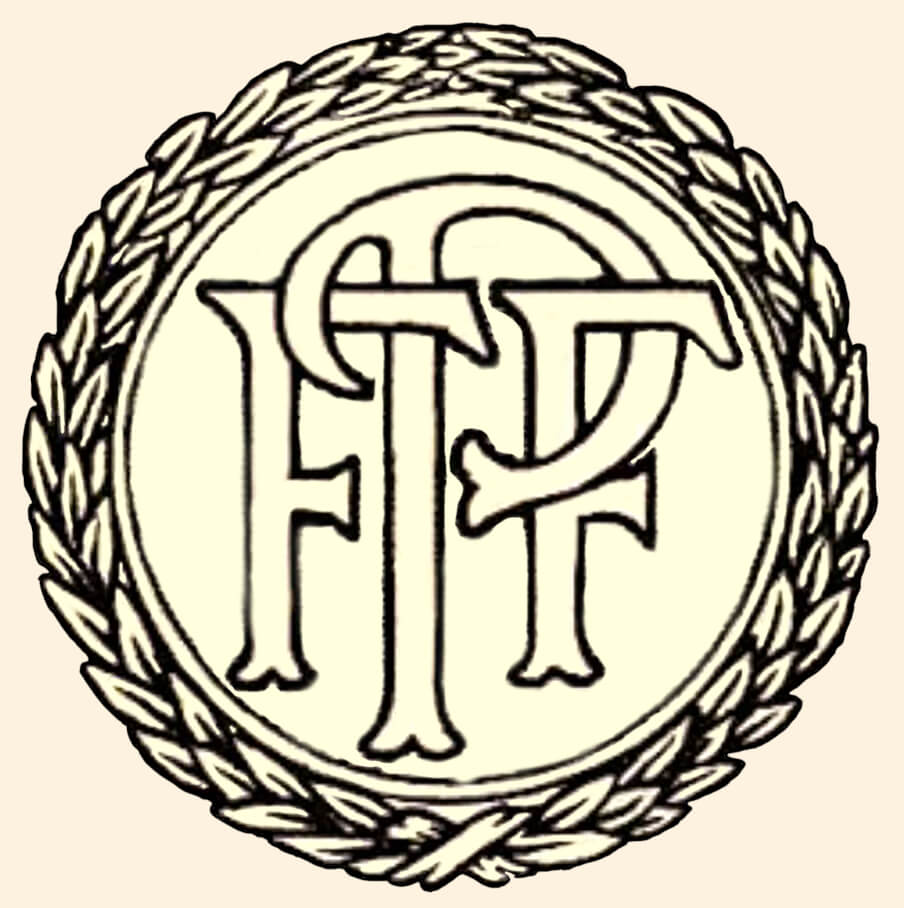
Famous Players Film Co.
Related Pages:
- Hollywood main page
- Hollywood subpage
- Famous Players-Lasky
- Paramount Pictures
- Adolph Zukor
The Studio Grew, and Grew, and Grew
The little studio started on the northwest corner of the city block bounded by Melrose Ave. on the north, Clinton Street on the south, Bronson Ave. on the west and Van Ness Ave. on the east.
When it was built by Fiction and taken over by Famous Players it ran 240 feet east along Melrose from Bronson and 300 feet south down Bronson. It appears that Vance and Zukor owned the entire block, but this smaller area was the footprint during the Fiction and Famous Players time.
Clune extended the studio to the next quadrant south, which measured another 300 feet down Bronson (for a total of 600 feet) to Clinton, then 360 feet along Clinton. Aerial photos show the odd shaped outline of the lot here during the Fairbanks and Tec-Art eras and plat maps of the era. It appears that when Clune took over this was the studio's configuration. Even though Clune owned the block he did not use it all for production.
From 1927 until 1963 the southeast quadrant, measuring 240 feet along Clinton and 300 feet up Van Ness, was occupied by an ice-skating rink. It was called the Glacier Palace, then became the Polar Palace in 1934. It was a rink for personal fun, a place for ice skating shows, and an occasional stage for movie work. It burned down in 1963. Maps confirm was a separate parcel of land, but did Clune own it? Was it bought later? It is unclear.
The northeast quadrant (300 feet up Van Ness from the ice-skating rink and 360 feet west along Melrose) was initially occupied by Los Angeles Title Company, where they built a bunker like structure to store title records, theoretically to protect them from catastrophic events. After L.A. Title vacated it was rebuilt as retail businesses. Famously, one of the businesses was Jerry's Market, which was prominently featured in the Barbara Stanwyck, Fred MacMurray film “Double Indemnity.”
By the late 1970s or early 1980s, when current owner, Raleigh Studios, bought the studio, the retail was razed in favor of more studio space, and now production takes place on entire city block. Additionally Raleigh owns about 20% of the adjoining block to the east.
5300 Melrose Ave. (at the corner of Bronson)
Active April-July 1915
Site active 1915-present
Even though Adolph Zukor owned the property only for a very few months, his name has become historically connected to this lot in a huge way, primarily because of what he accomplished later.
At a time when most of L.A. was open farmland, Louis Joseph Vance bought a 36-acre farm and build a small studio at a spot that would become known as the corner of Melrose and Bronson. Vance called his studio Fiction Pictures, Inc. Vance was a novelist from New York who moved to California to turn his novels into motion pictures. First working at the "Old Majestic Studio" on Fairview, then at Universal, he built this studio in an attempt to have better control of his product. He built a 74-foot x 150-foot stage in March and a 56-foot x 60-foot stage in April. He produced only a few films before selling the farm and studio assets to Adolph Zukor. It was all Zukor needed to begin production in Hollywood.
By July Louis Joseph Vance declared bankruptcy and his Fiction Pictures was out of business.
Zukor, a diminutive but ruthless business person, was born in Hungary in 1873 (then part of the Austro-Hungarian empire) as Adolph Zukor. At an early age he was orphaned and immigrated to the United States and worked in the furrier trade. In his young adulthood, he started a fur business and amassed a fortune, living the life of luxury, a huge business success. The American Dream. In 1903 he invested in the movie business becoming a partner in a chain of theaters.
On Apr 12, 1912, Zukor formed, the Engadine Corp in New York. Zukor was President with Daniel Frohman as V.P., and Edwin S. Porter (former Edison employee) as Treasurer and General Manager. The company was formed to acquire the American rights to the French film, Queen Elizabeth starring famous stage actress Sarah Bernhardt, for showing in New York. It was 40 minutes in length, twice as long as usual. The rights were reported as costing $18,000-20,000
On June 7, 1912, they abandoned the original company and formed Famous Players Film Co. whose motto was "Famous Players in Famous Plays." They bought a small building in New York (still existing and know as Chelsea Studios) and started making movies. In 1914 Zukor began to make plans to join the burgeoning film colony in Hollywood. In December, while looking for a permanent home, Famous Players operated out of the Oz Studio on Santa Monica Blvd. at Gower Street. General manager Al Kaufman and director Allan Dwan arrive in Hollywood to start production there.
In April 1915 Zukor found his base of operations. He bought the Fiction Players Studios on Melrose Ave. renaming it Famous Players West Coast Studio.
Al Kaufman's first order of business at the new studio was to build out more studio production space. At the time it consisted of little more than a farmhouse, a couple of outdoor stages, and scene dock. An administration building was built on the northwest corner of the studio lot. A concrete vault, woodshop and, and a film lab were added along the Melrose side. The farmhouse was converted into a large mill. Dressing rooms were added down Bronson. A studio car entrance was south of that, and is still used today. A new 50' x 70' enclosed stage was erected in the middle of the lot as well as a 60 x 150 open-air stage abutting its backside, with scene docks along with a projection room, scene painting dock, and dressing rooms along the studio's southern border.
Though Zukor owned the entire block (and much more land surrounding the studio, production took place only on the northwest corner. The northeast corner was being leased to Los Angeles Title Co. as a vault for their title records.
The first picture shot at Famous Players new studio was A Girl Of Yesterday featuring upcoming star Mary Pickford and directed by Allan Dwan.
In July of 1915 Zukor's business partner, Daniel Frohman was killed in the German attack on the ship Lusitania. Zukor quickly sold the property and moved the company back to his New York headquarters to regroup and reorganize the business. This was not the last we would hear about Adolph Zukor in Hollywood. A year later he would merge with the Jesse Lasky Feature Play company forming Famous Players-Lasky, and a decade later would gain his forever place in movie history by merging with and taking managing control of Paramount Pictures, building the mammoth studio directly across Melrose Ave. from this small lot.
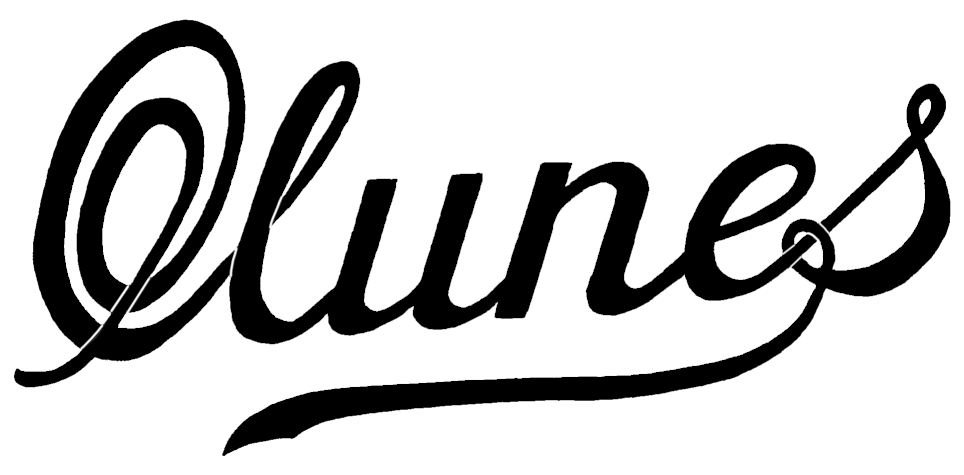
Clune Film
Producing Company
5300 Melrose Ave. (at the corner of Bronson)
Active July 1915-1979 operating under a variety
of names, leases, and subleases
Early film history is filled with luminaries whose names are forgotten and whose accomplishments have faded from memory. William H. Clune is one of those.
Clune was a local Los Angeles theater chain owner. Born in Hannibal, Missouri, on August 18, 1862, Clune came to California in 1887 where he made enough money to go into the movie business. In 1907 he started a film exchange (now we call them distributors) and in 1911 began to build theaters to have a natural outlet for the movies he promoted and distributed. His chain included about a dozen theaters all around the Southern California area.
On July 3, 1915, Clune purchased the small studio at the corner of Melrose and Bronson from producer Adolph Zukor and began a production company. He also bought the farm, as they say. The 36 acres that accompanied the tiny 1.65-acre studio lot.
Like many of his contemporaries, he thought it desirable to control the entire process, from production through distribution to exhibiting them. He made a number of films early in the studio's life, including the classic story, Ramona from the novel by Helen Hunt Jackson. It was followed quickly by Eyes of the World. Both were directed by former Zukor employee Donald Crisp.
Clune was also an investor in D.W. Griffith's masterpiece, Birth of a Nation, and was a broker or investor in several other motion picture projects. These investments helped to finance his studio and movie venture.
Clune immediately began occupying the 300 feet to the south, doubling the production area. He also rented the block to the west, across Bronson, where he built outdoor sets for his film Ramona.
By 1924 Clune sold his theaters, and at some point sold off the unused portion of the farm property. He settled into his role as studio owner, which was in his family until 1979.
Clune as a Rental Studio
Many Companies in Overlapping Residency
It wasn't that William Clune didn't enjoy making movies, or didn't find them profitable. He just wanted his studio making money for him when he wasn't making movies.
After buying the site and the farm in 1917, and leasing a corner to L.A. Title Company for a storage facility, and after making a few movies himself, he began to seek out others movie makers to rent all or part of the studio. He found one quickly, Paralta Plays, who was looking for a temporary place to start their business while building a large studio directly across the street.
When Paralta left, actor Douglas Fairbanks leased the studio to make his movies. Fairbanks was already famous and wanted a studio of his own to made his movies. Fairbanks even offered to buy the studio, but Clune, understanding the long term profitability in renting the property, turned down the Fairbanks offer.
After Fairbanks left the property for his own, large studio on Santa Monica Blvd., Clune made a series of short terms rentals in between making his own movies. These included C.B.C., later known as Columbia Pictures, Mission Pictures, Waldorf Pictures, and United Studios, one of the successors to Paralta Plays, across the street. Clune found it profitable to rent not only to small producers, but to large studios who needed an annex or overflow stage to keep up production.
This began a profitable 60 year term for Clune and his heirs, and began the Studio Rental industry. Today most studios are actually rental lots, even the majors operate this way.
William H. Clune, a very short biography
Clune was born on August 18, 1862 in Hannibal, Missouri and migrated to California in 1887, where he made a living in the railroad industry, which made him enough money to go into the movie business. He started a film exchange (what we now call a distributor) in 1907. He successfully sold exhibition rights to movies made by many of the original successful producers including Biograph, Essanay, and Edison.
Clune parlayed this success into one of the most successful chains of movie theaters with branches throughout Southern California. He also developed into a savvy movie negotiator, investing or brokering investments in several movies that went on to success, including being one of the chief backers of the first true blockbuster, D.W. Griffith's Birth of a Nation.
In 1917 Clune bought out Adolf Zukor's first California studio renaming it Clune Studio and going to to great success as a movie studio rental lot.
On October 18, 1927 William H. Clune died of a stroke at the age of 67. His son, James W. Clune, and Clune Holdings became the owner of the Clune Studio property buildings. In 1950 The Clune Studio property was placed under the supervision of the Clune Memorial Trust administered by the University of California.

Paralta Studio
5300 Melrose Ave.
Active 1917-1918
By 1917 William Clune was ready to take on a renter. He realized it might be a good way to make some money while he was in between movies himself.
Clune's first big tenant was Paralta Plays. Peralta did a major reconstruction of the lot while, at the same time, was building a large, brand new permanent home across the street on the north side of Melrose on land formerly owned by the Hollywood Cemetery. The studio manager was Robert Brunton and construction was supervised by company Vice President Robert T. Kane. A decade later that studio that would become Paramount Pictures Studio.
Paralta began a building program on both sides of Melrose beginning with a new enclosed a large 50' x 200' enclosed stage on this side and two enclosed stages on the other side. Star bungalows were built on the north side of Melrose for their two big stars, J. Warren Kerrigan and Bessie Barriscale,. A large backlot with outdoor sets were constructed on the north side to supplement the outdoor stages on this side.
By 1918 Paralta was acquired by studio manager, Robert Brunton. The concern was renamed Robert Brunton Studios and production was consolidated on the north side lot. They gave up their lease on the south side.
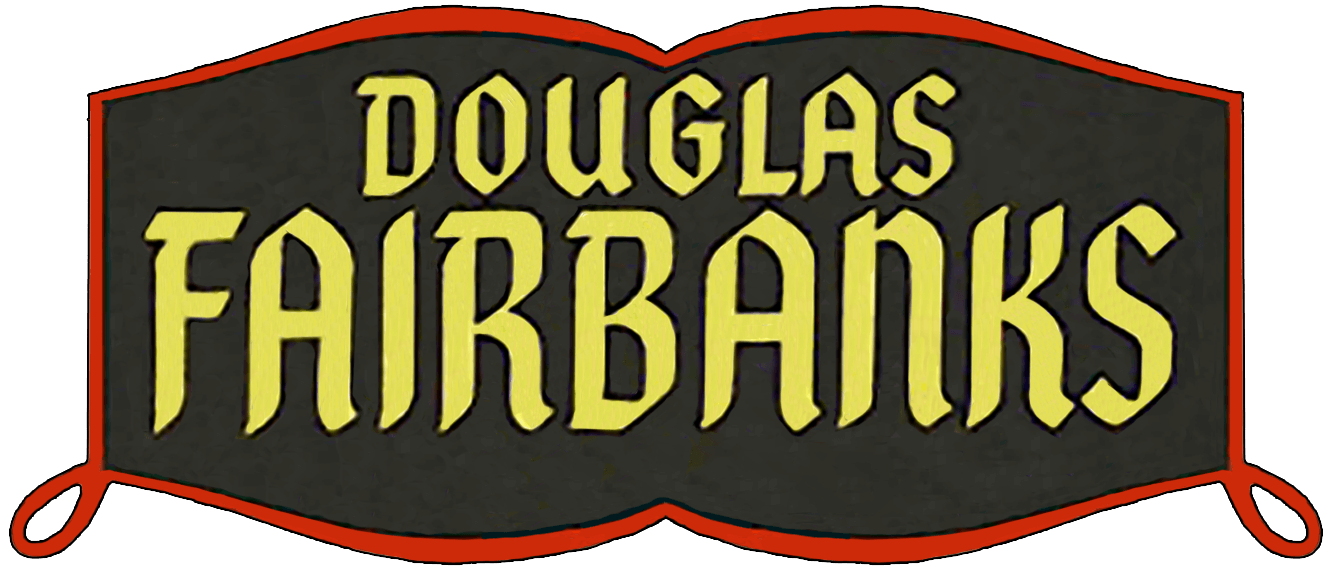
Douglas Fairbanks Studio
5320 Melrose Ave.
Took an option to lease in 1916
Active 1919-1922
Six months before Paralta leased the lot, Douglas Fairbanks took out an option to lease portions of the studio lot in December of 1916. He did not exercise that option until Paralta's lease ran out in 1919.
By the time Paralta moved in Clune had acquired the quadrant directly to the south of the tiny studio and owned half of the block. Records show that by the time Fairbanks moved in the acquired the southeast corner as well. Fairbanks used the space to build a backlot and large outdoor sets, the kind he was becoming famous for.
Fairbanks was, by this time, one of the biggest stars in Hollywood. He boasted "I now have the keys to my own studios." Fairbanks made two of his biggest early movies at the Clune Studio: The Mark of Zorro and "The Three Musketeers." His other pictures include "In Again, Out Again," "When Clouds Roll By," "The Mollycoddle," "The Nut," and "His Majesty, the American."
Fairbanks' personal bungalow at the studio was used negotiate the formation of United Artists with partners D.W. Griffith, Charles Chaplin, and his wife, Mary Pickford (Sam Goldwyn was to join the partnership later). United Artists would become an iconic name in Hollywood and was considered a major studio and distributor for decades.
In 1922 Fairbanks made William Clune an offer to buy the studio, but Clune was not interested in selling. Fairbanks went on the hunt to to find a suitable studio. He and Mary Pickford bought the newly built Jesse D. Hampton Studios on Santa Monica and moved their production there.
Gallery of Fairbanks Studio Photos
In December 1926, Tec-Art, a rental and contract studio out of New York (and Inspiration Pictures New York base of operations) leased the entire facility from Clune to establish a West Coast presence. The studio was renamed Tec-Art Studios and the address adjusted to 5630 Melrose. Owned by brothers Hamilton and Albert Mannon it was a well-established studio with its own stable of production companies who also moved west with their landlord. Among them were the Gish Sisters Inspiration Pictures and Richard Barthelmess Production, plus Colorart Pictures Corp.
The first order of business in the new year of 1927 was a total reconstruction of the studio facilities, First, to replace one of the enclosed stages with Clune's first true sound stage, equipped for the recording of talkies. Sound movies were on the horizon. Warner Brothers was about to release Don Juan and The Jazz Singer was right around the corner. Studios with foresight were gearing up. Tec-Art was one that did.
They built a brand new Spanish style admin building on Clinton St. (still there today) as the headquarters for Colorart and Inspiration.
Construction began in early 1927. Soon after they added a second sound stage which used sound equipment from RCA Photophone. These were among the first stages built with sound in mind. Another innovation on the Tec-Art lot was Roy Disney's brainchild, Disney Film Recording Corp., using the competing Pat Powers Cinephone. They built a new on-site sound recording department and screening theater. Disney's Cinephone mobile units, headquartered at Tec-Art, were used for location sound production. Sound was on its way at Tec-Art.
Inspiration merged with Tec-Art, along with Carewe Productions. The bought the assets of D.W. Griffith's failed Mamaroneck, NY studio and shipped them west.
Tec-Art did another innovative thing. They created Tec-Art Consolidated Publicity Bureau, offering publicity services to any production company working on the lot as part of their rental package.
Also on the lot, subleasing from Tec-Art, were also Inspiration Pictures and Colorart Synchrotone Corp. Tec-Art built a headquarters building with car entrance for the firms on the opposite side of the lot. The "Clinton Building" is at 5251 Clinton Street, just off Bronson, and is still in use today. See photo.
In 1927 the Glacier Palace Ice Rink (later renamed Polar Palace) was built on the corner of Van Ness and Clinton and by 1929 a gas station had been built on the Los Angeles Title quadrant right at the corner of Van Ness and Melrose. It stayed there until roughly 1980.
Tec-Art also used much of the backlot built used by Douglas Fairbanks for outdoor production.
Unfortunately, Tec-Art spread itself too thin. As a result of the Wall Street crash of 1929, it was unable to meet its financial obligations on the studio reconstruction. It proved to be too much. Tec-Art went broke.
This same scenario played out across the movie industry. Many small, financially weak companies folded. Even the larger ones had financial trouble and had to retrench. It was financial hard times in the industry.
Tec-Art's president, Alfred T. Mannon, quickly formed a new company, Republic Studios, Inc. to continue the studio operations.
Tec-Art's bankruptcy was finalized in 1933.

5360 Melrose Ave.
Active 1933-1941
Over the next several years the lot went through several name changes. Taking on another master lease from Clune Holdings, Prudential Studios took over the studio in 1933. Run by producer Harry Sherman for his Western Pictures Corp. and the production of the Hopalong Cassidy series of movies.
It was during this period that the original building along Melrose Ave. were torn down and, except for a new building at Bronson and Melrose, the land became a parking lot for 3 decades.. Aside from that the lot remained largely unchanged, consisting of 4 sound stages and the small backlot.
Sherman provided subleases, stage and office rentals, and production services to several other producers and production companies including Western Pictures Corp. (another Harry Sherman operation), Hollywood on Parade, Voice of Hollywood, Vagabond Adventure Series, American International Productions, Edward Finney Productions, iconic producer B.P. Schulberg and famous producer Merian C. Cooper of RKO-Radio Pictures, Columbia Pictures.
In 1935 famed movie producer Merian C. Cooper rented space from Sherman to produce She for across the street neighbor, RKO Radio Pictures. Cooper's claim to fame was his production of "King Kong" just a few years before.
Sherman built a small western street on the lot, right next to where the Tec-Art backlot stood. Horses could be seen on the lot from time to time.
Columbia Pictures produced There's That Woman Again on the lot in 1936.
And, of course, dozens of Sherman produced Hopalong Cassidy movies starring William Boyd.
It was during this period that Los Angeles Title Co. was torn down and in its place, a row of retail businesses was built, including Jerry's Market, famous for its appearance in the Paramount's Noir classic, Double Indemnity.
In 1936 former Paramount executive B. P. Schulberg leased a portion of the lot adjacent to Jerry's Market and named it Schulberg Studios. Schulberg had previously shared a part of the old Selig Studio on Mission Rd. with Louis B. Mayer before Mayer became involved with Metro-Goldwyn. After this venture, Schulberg continued his long, successful Hollywood career.
Photos courtesy of Marc Wanamaker / Bison Archives
Click to enlarge
Images of Tec-Art
click each to enlarge
Some of the sub-tenants under Tec-Art's master lease
- Inspiration Pictures
- Colorart Synchrotone Studios
- Hispania Talking Pictures
- James Cruze Productions
- Mascot Film Productions
- Chesterfield Productions
- Walt Disney Productions
- Allied Pictures Corp.
- Majestic Pictures
- Harry Carey Productions
- Argosy Films
- Argus-Lancaster
- B&E
- Leslie Bain Ltd.
- C.C. Burr
- Golden State
- Imperial Art Prods.
- Italotone
- Lewis Lewyn Voice of Hollywood
- Mayfair
- Musical Moments
- Al Neitz Prods.
- Patrician
- Pioneer
- Cliff Reid Prods
- Van Beuren Prods
- Lucio Villegas Prods.
- Kennedy Pictures Corp
- Epic Talking Pictures Corp.
- Color-Art Ltd. Studios
- Gotham Studios

650 N. Bronson / 5255 Clinton Street / 5530 Melrose Ave.
Active 1941-1961
In another name change, Harry Sherman signed as a brand new master lease with the Clune Estate for the entire lot. Why he needed to change names is not clear (perhaps a bankruptcy or other financial problem), but Prudential Studio was gone and California Studio was here. The address was established on the backside of the lot, on Clinton Street on the part of the lot previously occupied by Inspiration Pictures and Colorart.
The lot continued to be one of the top rental lots in the country with Sherman, at various times, subleasing the entire lot, parts of the lot, or individual stages to major and minor producers, companies, and studios. When he bought it, the studio consisted of 4 stages and a sound recording stage. Sherman then built a small backlot consisting of a western street used in several low budget westerns. At some point during its run Sherman also added a large stage on Melrose where the original row of buildings once stood (today known as Stage 1).
In 1946 Sherman created yet another studio entity, Enterprise Studios, along with producers Charles Loew and Charles Einfeld. It appeared to be another studio within a studio, perhaps taking over the entire lot as another sub-lessee. It made 3 pictures and lasted only a couple of years before declaring bankruptcy, whereupon Sherman renamed the studio back to California Studios.
During the California years a number of production companies based themselves on the lot including Stanley Kramer Productions, who came to the lot in 1952 after a brief stint under contract to Columbia Pictures. Kramer, always fiercely independent, produced and/or directed a number of highly successful productions, including Champion, Cyrano de Bergerac, and High Noon. He gave Brando his first screen credit. Kramer was famous for tackling controversial social issues. He was nominated nine times for the Oscar. Cyrano won the best actor Oscar for Actor José Ferrer.
Many famous movies were partially or entirely shot here, including Double Indemnity with Barbara Stanwyck and Fred MacMurray, Samuel Goldwyn's Best Picture winner "The Best Years of Our Lives" used California for some of its interiors. "Body and Sour" starring John Garfield and Lili Palmer. The Other Love with Barbara Stanwyck, David Niven, and Richard Conte was also shot here. Best Picture nominee A Star is Born, which also brought nominations for Janet Gaynor and director William Wellman, was shot here and at the Selznick Studio.
During the California years, the studio fully embraced the entertainment public's appetite for TV, and the lot was significantly retooled for television production. Many popular shows were produced on the lot, including Adventures of Superman, Gunsmoke (the early seasons), Cisco Kid, and Ronald Reagan's Death Valley Days, as well as the Film Noir classic Please Murder Me! starring Angela Landsbury and Raymond Burr of Perry Mason fame.
In September of 1951, Harry Sherman died and the studio went into bankruptcy. By December 1952 it was bought out of receivership by Gross-Krasne for $135,000, a bargain for the day since comparable studios were selling in the millions.

650 N. Bronson
Active 1961-1979
The next master lessee was Producers Studio whose owner, Fred Jordan, bought out the interests of Harry Sherman and signed his own lease. Jordan engaged in a major renovation to make it presentable as a rental lot.
It was during the Producers era that the studio began an aggressive and revitalization program making it a place where television production thrived.
In 1961 the lot was subleased once again. This time by Samuel Z. Arkoff's American International Pictures (AIP), a popular exploitation and horror producer, who employed his famous "ARKOFF" formula. His most famous protegee was Roger Corman, and stars that appeared for Arkoff on the lot included Boris Karloff, Vincent Price, Peter Lorre, and Basil Rathbone. These films included Tower Of London, The Pit and the Pendulum, The House of Usher, and The Raven.
Paint Your Wagon with Lee Marvin and Clint Eastwood, Robert Aldrich's classic Whatever Happened to Baby Jane starring Bette Davis and Joan Crawford, and In the Heat of the Night with Sidney Poitier & Rod Steiger which won 5 Oscars including Best Picture and Best Actor for Steiger, The Sterile Cuckoo starring Liza Minnelli.
The Polar Palace Skating Rink had been remodeled in 1960 but unfortunately, it burned down in 1963 leaving nothing but rubble. After the rubble cleared, the spot was leased to a commercial nursery.

Raleigh Studios
5300 Melrose Ave. / 650 Bronson Ave.
Active 1979-present
In 1979 the Clune family and the Clune Family Trust's ownership of almost two thirds of a century came to an end. The major tenant, Fred Jordan, formed a partnership with George I. Rosenthal, a real estate developer and purchased the studio and the real estate under it. Initially they kept the Producers Studio name but shortly after the studio name transitioned to Raleigh Studios, the studio's name today.
Rosenthal had developed real estate developer since 1955. This appears to be his first foray into the movie business (but would not be his last). Raleigh Enterprises is family owned business and its headquartered at the Raleigh Studios lot.
From the beginning it began rebuilding and modernizing. Sometime around the beginning of its ownership Jerry's Market was taken over by the studio and the building converted into a sound stage. A stage was erected next to that and a pair of large stages were erected on the site of the old Polar Palace. The existing stages went through (and continue to go through) extensive updating firs for television, and now for the digital and streaming industry.
New matching administration buildings were erected on each corner corner of the lot along Melrose. Raleigh's ownership brought the lot new, high profile exposure on the industry and it emerged as a major player in the studio rental market.
After entering into a series of agreements to manage other studio facilities, Raleigh has since pulled back and centers its focus on its flagship, Raleigh Studios.
In 2020 Raleigh Studios came under the control of Hackman Capital, the current owner of Culver Studios in Culver City, strengthening its position in the industry.
Today Raleigh Studios is one of the leading rental studios acting as the home for a great many major network and cable television programming, as well as the home for motion pictures and special events. The studio has shot a long list of Emmy and Oscar winners.
click to enlarge




